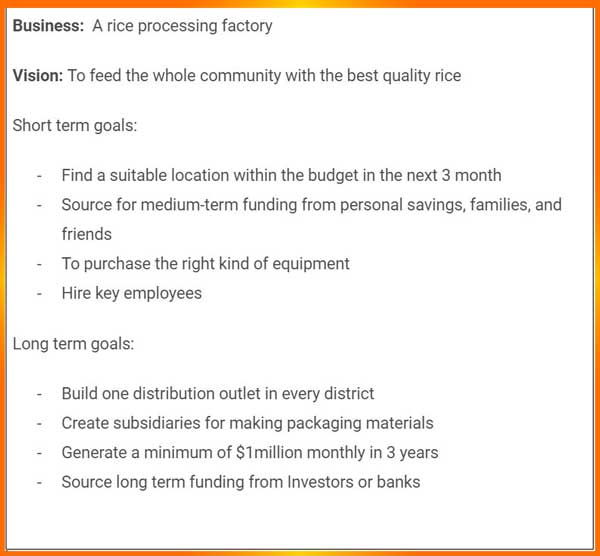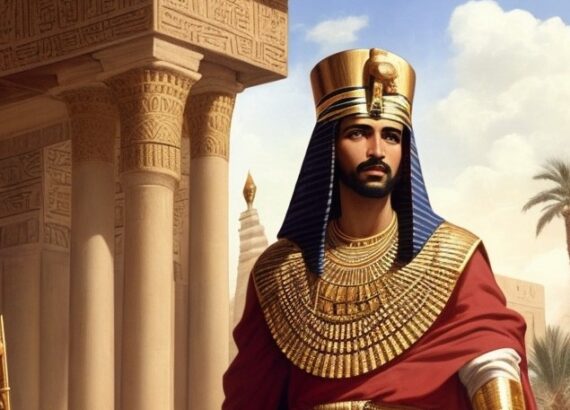Modify Your light

#Bible: On the fourth day, God modified the light He created on the first day. He said;
“Let there be light in the expanse of the sky to separate the day from the night and let them serve as a sign to mark seasons, days and years..”
Genesis 1:14
The creation story shows us how systematic God is. And He did this to set an example for ‘man’ to follow. The first day, God brought forth the light, then the fourth day He modified the light.
Why modify your light?
As discussed in the beginning, you don’t have to figure out everything when you get started. Later, you can go back to improve on it.
So when you get your vision sorted, the next step is to modify your vision to be actionable. You also can expand your vision into actionable steps by setting milestones and timelines.
As in the scriptures, God separated the day from the night to mark seasons. Seasons are used to categorize time over a period —There are about 4 seasons; spring, summer, fall, winter.
God created seasons for man to determine the course of events and make planning easy. There are some things you can execute during winter that is not favourable in summer, for example.
“For everything there is a season, a time for every activity under heaven.”
Ecclesiastes 3: 1
Hence, you need to shape your vision into short term and long term goals. You also should prioritize what to focus on in the immediate time while keeping long term in mind.
Short Term Goals
Short term goals are the needs of your business that can be achieved within days, weeks, and months (ideally not more than 12 months).
Using the ‘first thing first’ principles you can easily identify what are necessary for your business in the short term.
Long Term Goals
Long term goals are simply anything you wouldn’t need in your business within the next 12 months. Although there are medium-term goals, we would group them with long-term goals here.
Bear in mind that, whatever you do in the short term directly impact your long term goals. Importantly, you can also breakdown your long terms goals in bits, choose the part that can be achieved in the interim.
Try this exercise below;

Exercise:
Grab a seat, pen, and paper, write down all you need to do to achieve your vision, list as many you can think of.
From your list above, tick the ones that fall into the short term(as defined above), the rest of the list classifies as long-term. The next step is to figure out how to achieve your short-term goals.
Back to the story of Moses, his short term goal was to get the Israelites out of Egypt. While the long term goal is to bring the Israelites to the promised land by defeating Canaanites and the rest of the nations with ‘ites’.
Interestingly, Moses was only concerned about the short term goal which is ‘to get the Israelites out of Egypt’.
We see that in the series of questions he asked God on how he could accomplish the mission —read Exodus 3:11-22, 4. At that time, he never mentioned anything about how they could defeat the Canaanites & co.
Just Imagine!
If Moses was most concerned about the long term goal. That is to say, his focus was on how he could ‘defeat the Canaanites’ instead of ‘taking the Israelites out of Egypt’. Can you imagine?
That would is called goal misalignment —Putting the cart before the horse
The lesson here is to ensure you focus on the details of the short term goals at hand. So don’t stress on the nitty-gritty of the long term goals at the present time.
Find example of setting short and long term goals for new business below;

Another advantage of modifying your light is to avoid overwhelming yourself with the complexities of your vision.
You don’t want to get exhausted before you even started.
Takeaway: A journey of a thousand miles, starts with one step at a time. As an entrepreneur, your steps to your vision should be broken into short and long term goals.
Kindly share this article if you find it useful and want others to benefit from it too. You can also subscribe to receive email notifications when there are new articles or useful updates









